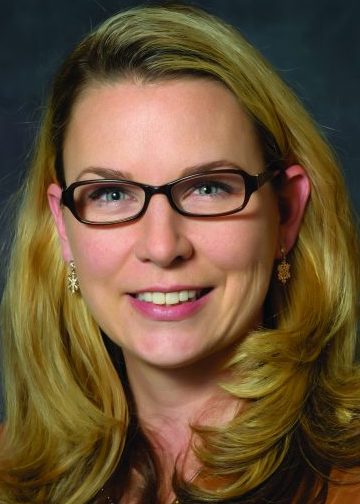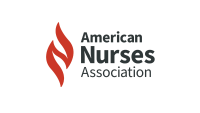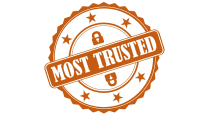Bold programs shape the future of nursing.


We might not think of ourselves as such, but nurses are the ultra-innovators of healthcare. Thinking critically, we respond continually to changes in our patients’ status and environment and keep them on the path to their best health. We also experience the dysfunctional systems we work in, and frequently implement unit- or organizational-level fixes, which could benefit other sites—if only they were further developed, invested in, and broadly highlighted.
The American Nurses Foundation (the Foundation) is filling this valuable niche. Its Reimagining Nursing (RN) Initiative—with funding support from the Kaiser Permanente National Community Benefit Fund at East Bay Community Foundation, AMN Healthcare, Omnicell, and the Salka Impact Fund—has invested $14 million in 10 bold projects developed and led by nurses to transform nursing for improved access, care, and outcomes for all (tinyurl.com/3d55khkt). The grantees convened in June 2023 to exchange ideas and gain insights about how to scale change, a key step in delivering evidence that demonstrates their projects’ impact. The RN Initiative expects to support the most successful project to scale.
Finance for nurse managers: Return on investment
The RN Initiative is one of many forward-thinking, impactful investments the Foundation has made to advance the nursing profession. Despite a clear record of value, however, the Foundation remains almost unique in its role of supporting nurses. A recent analysis found that less than 1% of private philanthropy supports programs specifically focused on or led by nurses.
Philanthropy’s modest contributions to the nursing profession reflects in part a misunderstanding about everything we do, and the vital roles we play throughout healthcare.
The public certainly was aware of and grateful to nurses during the darkest days of the pandemic. The Foundation was there, too—its Coronavirus Response Fund for Nurses provided $2.6 million in direct aid to 2,417 RNs in 45 states and the District of Columbia as they struggled with financial challenges.
The Foundation also supported the nursing profession in a broader, more profound way. An early survey about how the pandemic was affecting nurses became the ongoing Pulse on the Nation’s Nurses Survey Series. This landmark assessment of nurses’ experiences has influenced donors, policymakers, and organizations to invest in nurses, change our work environments, and support our physical and mental health.
The Foundation also has used the survey series to develop and continually refine its programs. These include the Well-Being Initiative, which offers a suite of self-care resources for nurses, and the Stress and Burnout Prevention Pilot Program, funded by a grant from United Health Foundation (tinyurl.com/2s3te96n). The latter, a customized program adapted by nurses for nurses, provides access to real-time resources and tools to help them manage moments of extraordinary stress. The Foundation is piloting this initiative in four healthcare organizations, representing over 15,000 nurses in rural and urban locations in a variety of settings with the goal of scaling it nationwide.
Our work changes lives, and the Foundation supports this work with easily accessible and timely resources, investment in our ideas and ingenuity, and scalable solutions. I personally donate to the Foundation and encourage my colleagues to do so whenever and at whatever level they can. By contributing to these nurse-focused initiatives, we support each other and make a significant down payment toward a healthy world through the power of nursing. Our influence compounds when we encourage family, friends, and other stakeholders to donate. Collectively, this amounts to a major investment in ourselves, our profession, and our nation’s health. It also could change the philanthropic equation—imagine if 10% rather than 1% of private philanthropy supported programs specifically focused on or led by nurses!


Jennifer Mensik Kennedy,
PhD, MBA, RN, NEA-BC, FAAN, President,
American Nurses Association
American Nurse Journal. 2023; 18(11). Doi: 10.51256/ANJ112316





















1 Comment. Leave new
Thank you!